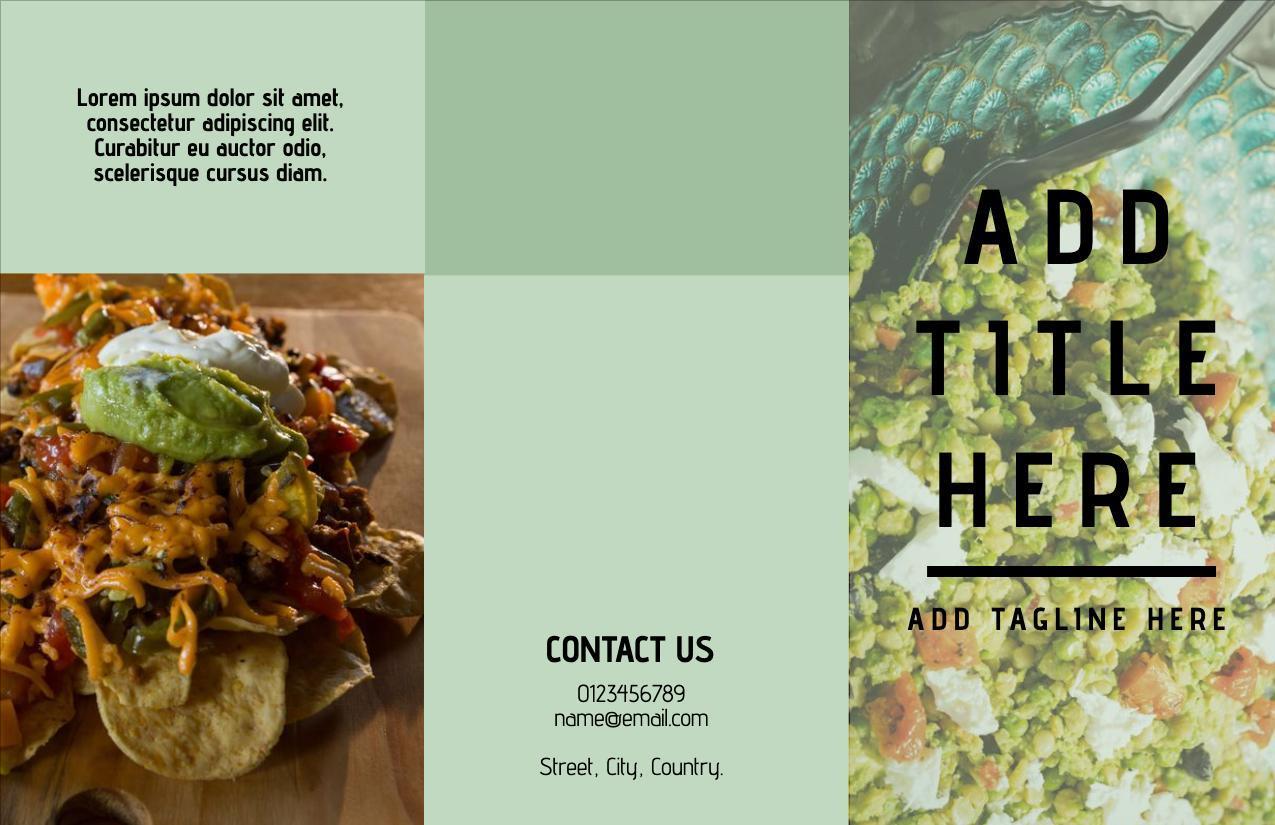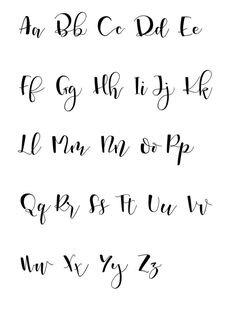Unleashing the Magic of Brochure Design: Where Psychology Meets Creativity
You may have pondered the psychology behind choosing a product from time to time. Sure, comparing quality and cost seems straightforward, but there is more to it. The way of design psychology in purchase decisions is more significant than you would think.
Now, picture the captivating world of brochure design. It is not just about visuals – it is a strategic dance of persuasion. Imagine tailoring your design like a personalised message to a friend, making emotions swirl through images and colours. That is the art of persuasion.
But there is more. Your brochure's layout is not just a space-filler; it is a magnetic journey. It is your voice guiding readers, not pushing them away. And the role of colour in brochure design plays its part as the emotions' paintbrush, with each hue stirring a unique feeling.
Many say that brochures are the Swiss Army knives of marketing. They are compact, full of information, and ready to spread. They are juicy details that build trust, relatability, and excitement.
With a strategic blend of these design tricks and key terms for graphic design, you have a brochure that is not just pretty but is a storyteller, a guide, and a catalyst for action. Don your creative hat, grasp the psychology behind each element, and let the brochure symphony begin!

Table of contents:
- ● Unleashing the Magic of Brochure Design: Where Psychology Meets Creativity
- ● The Power of Visual Communication
- ● Understanding Consumer Behaviour
- ● Creating a Lasting First Impression
- ● The Art of Storytelling in Brochure Design
- ● Leveraging Colour Psychology for Emotional Impact
- ● The Role of Typography in Communication
- ● Call-to-Action: Encouraging Desired Actions
- ● Harnessing the Power of Consumer Psychology in Brochure Design
The Power of Visual Communication
Visual communication stands as a pivotal element of brochure design with the potential to deeply shape consumer behaviour. The human brain's rapid processing of visuals surpasses that of text, yielding a crucial role in decision-making. The following are some ways in which visual communication cultivates an emotional connection with the audience:
- Colour Psychology: Colours have the ability to stir varied emotions and mould consumer perceptions. A grasp of colour psychology aids in selecting a palette that precisely conveys the intended message.
- Images and Illustrations: Harnessing images, icons, and artistic illustrations not only bolsters messaging but also triggers emotive reactions within consumers. Maintaining harmony in style and colour coherence crafts a harmonious and visually captivating design.
- Layout and Organisation: The brochure's layout, thoughtfully woven around content, imagery, and branding, becomes a magnetic avenue for consumer engagement. Content arranged logically and transparently paves the way for seamless navigation and comprehension
Visual communication not only elevates content into a shield against distractions but also unfurls as a problem-solving instrument. It kindles emotions, embellishes messages with compelling examples, and more. Embracing these design principles empowers businesses to forge brochures that captivate attention, evoke sentiments, and ultimately shape consumer behaviour.
Understanding Consumer Behaviour
Understanding consumer behaviour for businesses to create effective brochure designs that appeal to the target audience is imperative. To do so, let us see how some key psychological factors influence consumer behaviour:
- Cognitive Biases: Innate biases in consumers intricately shape their decision-making processes. A profound understanding of these biases empowers businesses to craft messaging that resonates with their target audience.
- Emotional Triggers: Emotions hold considerable influence over consumer behaviour. Brochure designs that evoke positive sentiments possess the potential to sway consumers toward desired actions.
- Psychology of Persuasion: Employing persuasion tactics like social proof, scarcity, and authority can profoundly mould consumer behaviour. Integrating these strategies into brochure designs can elevate their effectiveness in driving engagement and conversions.
By understanding these psychological factors, businesses can create brochure designs that appeal to the target audience and influence consumer behaviour. Brochure designs that evoke positive emotions, incorporate persuasive techniques, and address cognitive biases can be more effective in driving engagement and conversions.

Creating a Lasting First Impression
Crafting a lasting first impression is like setting the stage for a great show in brochure design. So, let us delve deeper into the essential elements that help create a captivating cover that grabs readers' attention right from the start:
- Picture Power: Choose eye-catching visuals that match your brand's vibe and make people stop and stare. Your cover pic should be the star that shines, and it should match the look of the entire brochure.
- Shape Stories: Believe it or not, shapes can talk too! Different shapes can make you feel different things. Use the psychology of shapes to pick those that vibe with your brand's message and the target audience you are talking to.
- Bold Headlines: Imagine your headline as the trailer for your brochure. Keep it short, snappy, and true to your brand's personality. A good headline is like a magnet that pulls people in.
- Crafty Logos: Beyond aesthetics, logos symbolise business traits via visuals. It impacts customer behaviour by influencing purchasing decisions, trust, and loyalty. Understanding the psychology of logos aids in crafting impactful logos that resonate with audiences. It effectively conveys messages using colours, fonts, shapes, and lines.
- Design Wizardry: Think of your design elements as the secret ingredients that make your brand unique. Keep things looking tidy, simple, and super cool.
By using these design tricks, you can whip up a cover that is not just a pretty face but also a crowd-pleaser that makes your audience want more. So, unleash your inner artist and let your brochure become the superstar that steals the spotlight!

The Art of Storytelling in Brochure Design
Storytelling is an influential tool that can be skillfully integrated into brochure design. Seamlessly weaving captivating narratives into your design can forge a deep bond with your readers and breathe life into your brand. Here is what you need to craft an enthralling story:
- Spark interest: Begin with a tale that resonates with your audience and mirrors your brand's essence. Align the story's tone with your brand's voice for an authentic touch.
- Visual wizardry: Choose visuals that complement your narrative and captivate your target audience. Visual storytelling paints a vivid picture that's quicker to grasp than words.
- Narrative artistry: Construct a complete narrative, complete with characters, setting, conflict, rising action, climax, and resolution. This structure guides your audience through an unforgettable journey.
- Sustain engagement: Transform your brochure into an engaging masterpiece by seamlessly fusing brand essence, compelling visuals, and a well-organised layout.
By embracing these storytelling ingredients, your brochures will evolve from mere information carriers into captivating experiences. Craft a story that lingers, forging a connection and encouraging your readers to take the steps you desire. Your brochure is not just a leaflet; it is a portal to your brand's world, waiting to be explored.

Leveraging Colour Psychology for Emotional Impact
The psychology of colour in brochure design is an essential aspect as it can have a significant impact on a user's mood and behaviour. Here are some ways in which different hues can be strategically used in brochure design to elicit specific emotional responses from the audience:
- Red: It is often associated with energy, passion, and excitement. One can use red to evoke a sense of urgency or importance.
- Blue: It is often linked to calmness, serenity, and trust. One can use blue to create a sense of security and reliability.
- Yellow: It is associated with optimism and warmth. One can use yellow to create a sense of happiness and positivity.
- Green: It is often associated with growth, harmony, and balance. One can use green to create a sense of calmness and relaxation.
By understanding the psychology of colours, businesses can strategically use different hues in brochure design to elicit specific emotional responses from the audience. This can increase the chances of the audience engaging with the brochure and taking desired actions.

The Role of Typography in Communication
Typography plays a crucial role in communication and branding. It is not just about choosing fonts but also conveying the brand's personality and enhancing the overall readability of the brochure. The psychology of fonts can offer insights into selecting fonts that match the brand identity and engage the readers. Here is why you must consider them while designing your brochure:
- Fonts can contribute to brand identity, differentiation, expression, hierarchy, readability, and consistency.
- Choosing the right typography in logo design could help fill the gaps in your brand personality. Effective corporate brochures are those that communicate the essence of the brand while also keeping the reader engaged through compelling visuals and a well-structured layout.
- Typography can impact the audience's perception and emotion of a brand's message.
By understanding the psychology of fonts, businesses can create brochures that not only inform but also engage and emotionally connect with the audience.

Call-to-Action: Encouraging Desired Actions
A well-designed brochure should guide the reader towards taking action. Effective call-to-action (CTA) buttons and phrases play a crucial role in prompting the audience to contact the business, make a purchase, or take any other desired action. The psychology behind effective CTAs involves using persuasive language, creating a sense of urgency, and providing a clear benefit to the audience. A good CTA can increase conversions and sales, making marketing campaigns more effective. CTAs should be clear, concise, and aligned with the brand's voice. By understanding the psychology behind effective CTAs, businesses can create brochures that inform, engage, and prompt the audience to take desired actions.

Harnessing the Power of Consumer Psychology in Brochure Design
Understanding consumer psychology is pivotal in creating impactful brochure designs that yield results. By grasping cognitive biases, emotional triggers, and persuasion techniques, businesses can tailor messaging to captivate audiences. A well-designed cover with compelling imagery, mindful shapes, and persuasive headlines sets the stage. Additionally, integrating storytelling, effective CTAs, and the psychology of logos enhances engagement. This amalgamation of strategies taps into consumers' emotions and motivations, driving action. Visual communication has become a dynamic force that profoundly connects brands with consumers. Harnessing these principles fosters brochure designs that represent compelling storytellers, influencing behaviours and bolstering marketing success.

Rahul Shevde


